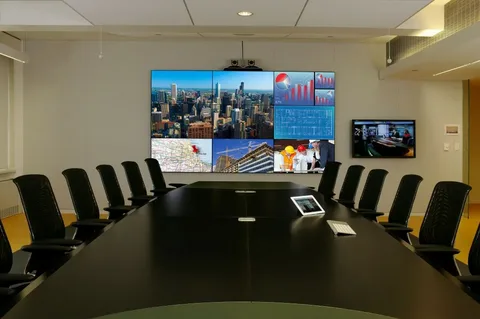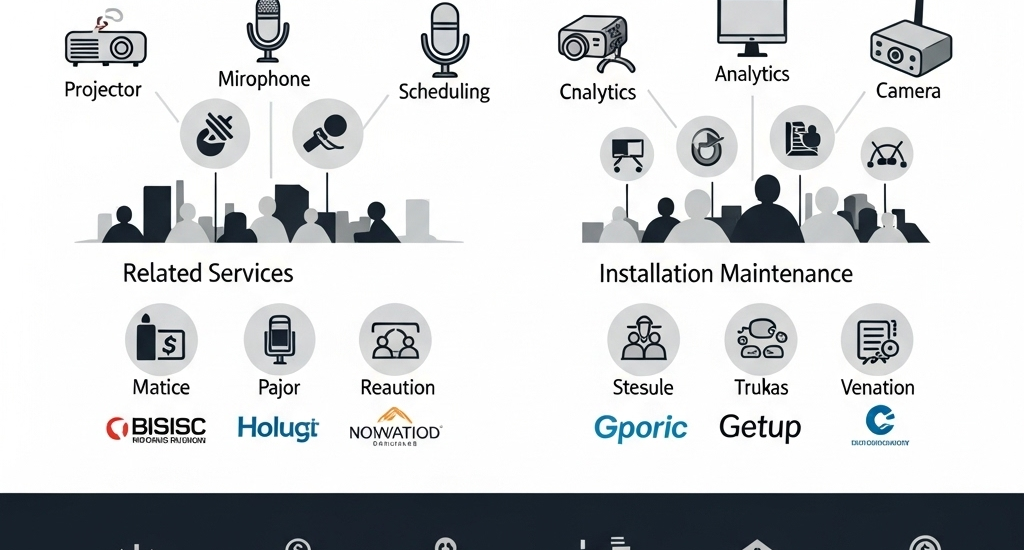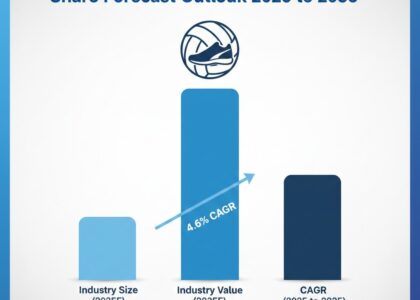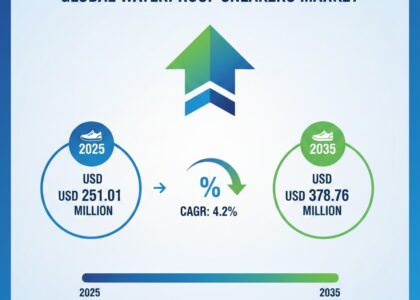The global conference room solution market is projected to grow significantly, from USD 1.9 billion in 2025 to USD 7.6 billion by 2035 an it is reflecting a strong CAGR of 12.3%.
As organizations embrace hybrid work models and global collaboration, the role of the conference room has evolved from a simple meeting space to a dynamic, technology-driven hub for communication and productivity. At the center of this transformation is the rapidly growing conference room solutions market, which is redefining how teams connect, share, and innovate—whether in person or virtually.
Equipped with smart hardware, integrated software, and seamless connectivity, modern conference room solutions are becoming essential tools for enabling fluid, inclusive, and efficient meetings in today’s digital-first workplace.
Get Ahead with Our Report: Request Your Sample Now!
https://www.futuremarketinsights.com/reports/sample/rep-gb-5672
From Static Spaces to Smart Collaboration Hubs
Traditional conference rooms once relied on basic audio systems, whiteboards, and projectors. Today’s solutions integrate intelligent video conferencing systems, wireless content sharing, digital whiteboards, AI-enhanced cameras, and cloud-based collaboration tools. These features are designed to eliminate friction, reduce setup time, and enhance the user experience across meetings of all types and sizes.
By combining hardware and software into a cohesive ecosystem, modern conference rooms support everything from casual brainstorming sessions to high-stakes executive presentations—with greater clarity, engagement, and efficiency.
Bridging the Hybrid Work Divide
One of the most significant drivers of the conference room solutions market is the rise of hybrid work. As teams split time between home and office, creating parity in participation has become a key challenge. Advanced conferencing solutions address this by delivering high-definition video, spatial audio, and intelligent framing that ensures remote participants feel as present and involved as those in the room.
Integrated scheduling tools, cloud-based meeting platforms, and real-time collaboration apps further empower distributed teams to meet, co-create, and make decisions without geographical barriers.

Customization and Scalability for Every Environment
Conference room solutions are no longer one-size-fits-all. Businesses today require tailored setups that fit their unique spaces and needs—whether outfitting a small huddle room, a mid-sized boardroom, or a large auditorium. Vendors offer modular systems and scalable architectures that allow organizations to customize equipment and interfaces while maintaining consistency across multiple rooms or locations.
This scalability enables growing companies to expand their meeting capabilities without major redesigns, and supports enterprise-wide standardization for ease of use, IT management, and employee training.
Enhanced Productivity Through Integration and Automation
Smart conference room systems now integrate seamlessly with workplace tools such as calendars, project management platforms, CRMs, and cloud storage solutions. This allows users to launch meetings, access files, take notes, and assign tasks directly within the meeting environment.
Automation features like voice activation, occupancy sensing, and auto-adjusting lighting or AV settings improve energy efficiency and user convenience, while analytics tools help facilities teams optimize room utilization and troubleshoot issues remotely.
Challenges in Compatibility, User Adoption, and Security
Despite impressive advancements, the conference room solutions market still faces challenges. Ensuring compatibility across platforms, hardware brands, and operating systems can be complex—especially for organizations using a mix of legacy and modern tools. Poor integration can lead to inconsistent user experiences and increased IT support needs.
User adoption is another critical factor. Even the most advanced systems are underutilized if they are not intuitive or properly supported. Training, onboarding, and user-centric design play a key role in maximizing ROI and ensuring meeting equity.
Security remains a top priority, particularly as sensitive information is shared over video calls and cloud-based platforms. Conference room solutions must offer end-to-end encryption, secure authentication, and compliance with global data protection standards.
Extensive Market Research: Complete Report and Findings
https://www.futuremarketinsights.com/reports/conference-room-solutions-market
Powering the Future of Work and Collaboration
The conference room is no longer just a space—it’s a platform for productivity. As the nature of work continues to evolve, conference room solutions will be expected to do more than connect people. They must foster collaboration, streamline workflows, and support a seamless user experience across physical and virtual boundaries.
With advances in AI, voice recognition, real-time translation, and immersive technologies like augmented reality, the future of conference room experiences will be more inclusive, intelligent, and impactful.
The Modern Meeting Starts Here
The conference room solutions market is shaping the way organizations communicate and collaborate in an increasingly digital world. By combining smart hardware, intuitive software, and flexible design, these systems are turning everyday meetings into moments of innovation, alignment, and action.
Whether enabling global teams to collaborate or enhancing in-office communication, conference room solutions are becoming the heartbeat of modern enterprise connectivity—bringing people together, wherever they are.






